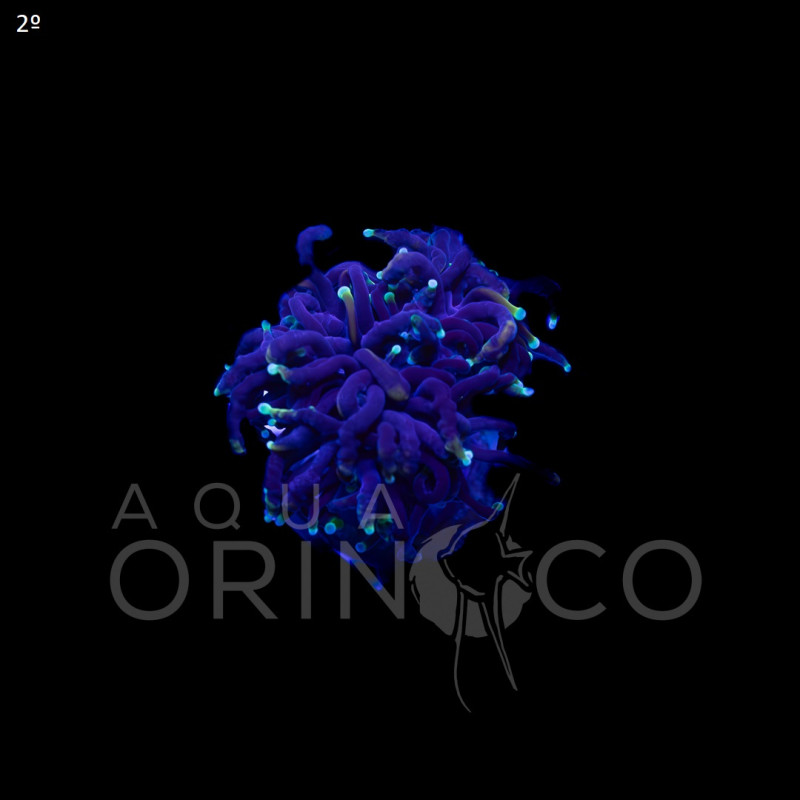More info
Euphyllia
Unique piece - "WYSIWYG"!
What You See Is What You Get
The Euphyllia Family
Euphyllia corals, also known as Frogspawn, Torch, or Hammer, have been a constant companion of Reefs, apparently since the beginning of the hobby. With long tentacles with multiple tips that have different and very vibrant colors, they are highly appreciated by aquarists. This Large Polyp Stony (LPS) coral is one of the most popular in the hobby because of its dancing movements in the water and incredible colors.
Please see below for additional care tips for frogspawn corals.
Location
They are found in the tropical waters of the Pacific. In particular, they are regularly harvested in the Indo-Pacific islands, including Fiji, Tonga, Solomon Islands, and the Great Barrier Reef.
Lighting
Hammers, Torches, and Frogspawn (Euphyllia sp.) do not require as much light as many other corals. They can be kept under low light without much difficulty. In some cases, hammers may extend more easily under lower lighting; however, they may display more attractive colors when placed under stronger lighting.

Low Light |
Low light is between 30 - 50 PAR per unit area |

Medium Light |
Medium light is between 50 - 150 PAR per unit area |
|
Intense Light |
Intense light is above 150 PAR per unit area |
Water Flow
Moderate to strong water movement is recommended. One of the main attractions of this type of LPS coral is how it sways with the current. Water flow is healthy for Euphyllia and makes it aesthetically pleasing. It is important that the flow does not remain constant in one direction.
Feeding
Like most corals, Euphyllia relies largely on its zooxanthellae, but it also benefits from direct feeding. Hammers, Torches, and Frogspawns do not seem to feed as aggressively as other LPS corals.



